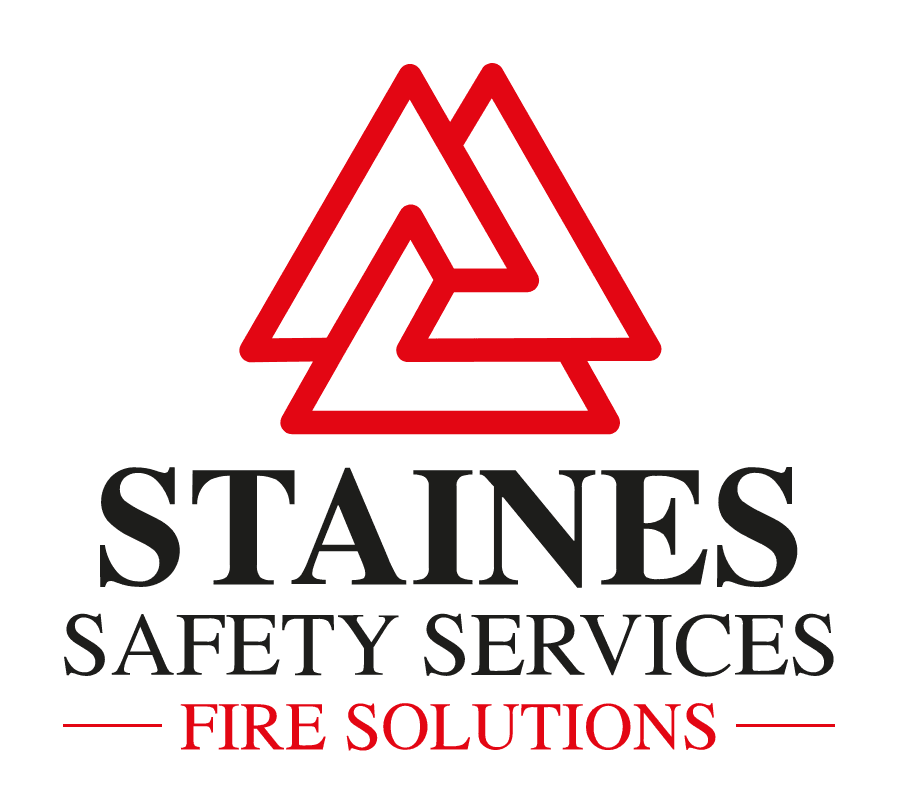
Fire Safety Regulations for HMOs.
Fire safety is a critical concern for all residential properties, but it holds particular importance for Houses in Multiple Occupation (HMOs) in England and Wales. An HMO is a property rented out by at least three people who are not from one “household” but share facilities like the bathroom and kitchen. Due to the shared nature of these living spaces, fire safety regulations are stringent to ensure the safety of all occupants. Here’s a comprehensive look at the fire safety measures that HMOs must implement.
1. **Fire Risk Assessment**
Every HMO is required to conduct a fire risk assessment. This assessment identifies potential fire hazards and evaluates the risks associated with them. The responsible person, usually the landlord or managing agent, must ensure that this assessment is carried out regularly and updated as needed. The assessment should include:
– Identification of potential ignition sources
– Evaluation of the likelihood of a fire occurring
– Consideration of the potential impact on occupants
– Recommendations for mitigating risks
2. **Smoke Alarms and Detectors*
One of the most crucial fire safety measures is the installation of smoke alarms. Under the Smoke and Carbon Monoxide Alarm (England) Regulations 2015, HMOs must have:
– A smoke alarm on every floor of the property (Consult the fire risk assessor in regard to the number of detectors required)
-A Grade A fire detection system be required for larger premises.
-A carbon monoxide alarm in any room with a solid fuel-burning appliance (like a coal fire or wood stove).
-Regular testing and maintenance of these alarms to ensure they are functioning correctly.
3. **Fire Doors**
Fire doors are essential in limiting the spread of fire and smoke. In HMOs, it’s mandatory to have fire doors installed in certain areas, such as:
– Between shared corridors and individual rooms
– Leading to staircases
– In areas where there is a risk of fire spread
These doors should be fitted with self-closing devices and must be kept closed at all times.
4. **Emergency Lighting**
For larger HMOs, especially those with multiple floors and escape routes, emergency lighting is vital. This lighting provides illumination in the event of a power failure, guiding occupants to safety. It should be installed along escape routes and at exits.
5. **Escape Routes and Exits**
HMOs must have clearly defined escape routes that are easily accessible and free from obstruction. This includes:
– Clearly marked exits
– Adequate signs indicating escape routes
– Unobstructed pathways to exits
Landlords should ensure that these escape routes are well-lit and maintained regularly.
6. **Fire Extinguishers**
While not always mandatory, having fire extinguishers available in common areas can be a beneficial safety measure. Landlords should assess the need for extinguishers based on the size and layout of the property and ensure they are easily accessible and regularly serviced.
7. **Staff Training and Safety Information**
If the HMO is managed by a landlord or management company, it is essential that staff receive training on fire safety procedures. Additionally, clear fire safety information should be provided to tenants, including:
– Instructions on what to do in case of a fire
– Locations of fire exits and extinguishers
– Information on the fire alarms and how to test them
8. **Compliance with Local Regulations**
In addition to national regulations, HMOs must comply with local fire safety regulations, which may vary by council. Landlords should stay informed about any additional requirements set forth by local authorities.
Conclusion
Fire safety in HMOs is not just a legal requirement but a vital aspect of protecting tenants’ lives. By adhering to the regulations and proactively implementing safety measures, landlords can create a safer living environment for all occupants. Regular reviews and updates to fire safety practices will ensure that HMOs remain compliant and, most importantly, safe.
For more information please call 0788598271 or fill in the form below.
